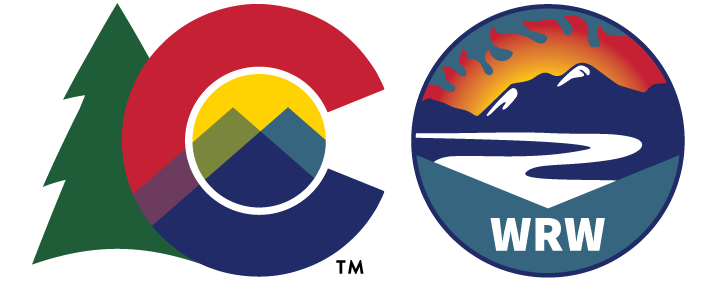
HAZARD:
Debris + Mud Flows
-
Similar to other hazards, debris flows are the result of excess runoff traveling down hillsides after a wildfire burns away the ground cover, vegetation, and spongey soils.
The tendency for a watershed to generate a debris flow is determined by numerous factors related to its physical characteristics and localized weather and rainfall. In general, steeper watersheds are more likely to generate debris flows than ones that are more mildly sloped. Smaller watersheds also pose a higher risk than larger watersheds because more of their drainage area is likely to be impacted by a high-intensity rainfall event at the same time.
-
Because of their high sediment concentrations and density, debris flows create large buoyant forces allowing them to pick up and carry large objects (e.g., trees and boulders) over long distances in ways that water alone typically cannot. This, and their ability to flow at speeds up to and exceeding 35 miles per hour, can make debris flows an extremely destructive hazard.
Any human structure in the path of a debris flow as it travels down a drainage is at extreme risk. Similarly, any human structure in the depositional zone where the debris flows slows and stops is also at risk.
The sediment that debris flows contribute to stream corridors can also wash downstream and can have profound impacts on water quality, water infrastructure, and aquatic life.
-
Debris flow risk can be minimized with pre-fire planning and post-fire hazard mitigation and communication. Some strategies could include:
▶Monitoring and Alerts: Debris flow and flash flood alert systems should be deployed in burn areas to collect and disseminate real-time information and inform evacuations and public notifications.
▶Debris basins: These basins can be used to trap sediment. They are typically placed upstream of critical assets that would otherwise be located in the direct path of potential debris flow activity.
▶Increasing Floodplain Connectivity: In certain landscapes, restoring or enhancing existing floodplain connection and vegetation can trap sediments and reduce impacts to downstream residents, infrastructure, and water users.
▶Planned Overflow Paths and Drainage Infrastructure: The locations where future potential debris flows cross roads should be identified. Properly sizing crossings, roadside swales, and anticipating and planning for likely overflow pathways can reduce the likelihood of roadway embankment failures, overtopping, and traffic disruptions should a debris flow occur. In many loations the road surface itself can be designed to pass the entirity of the debris flow over the top rather than though culverts underneath.




